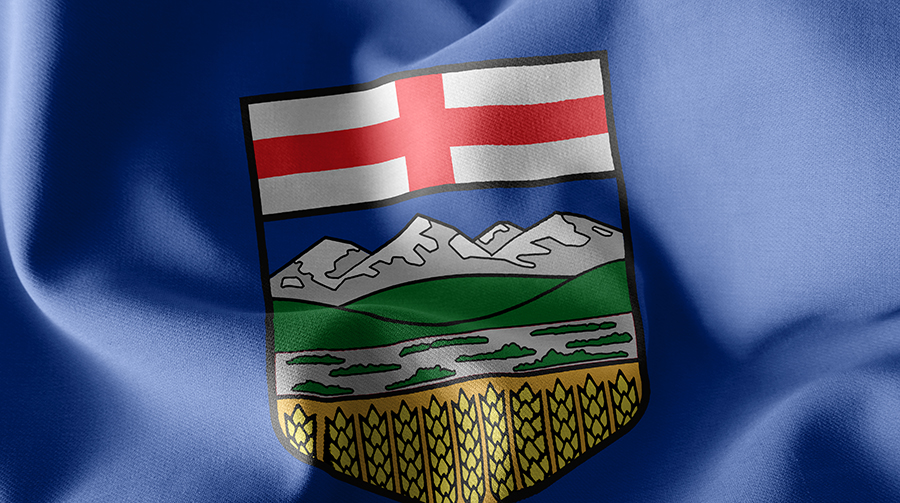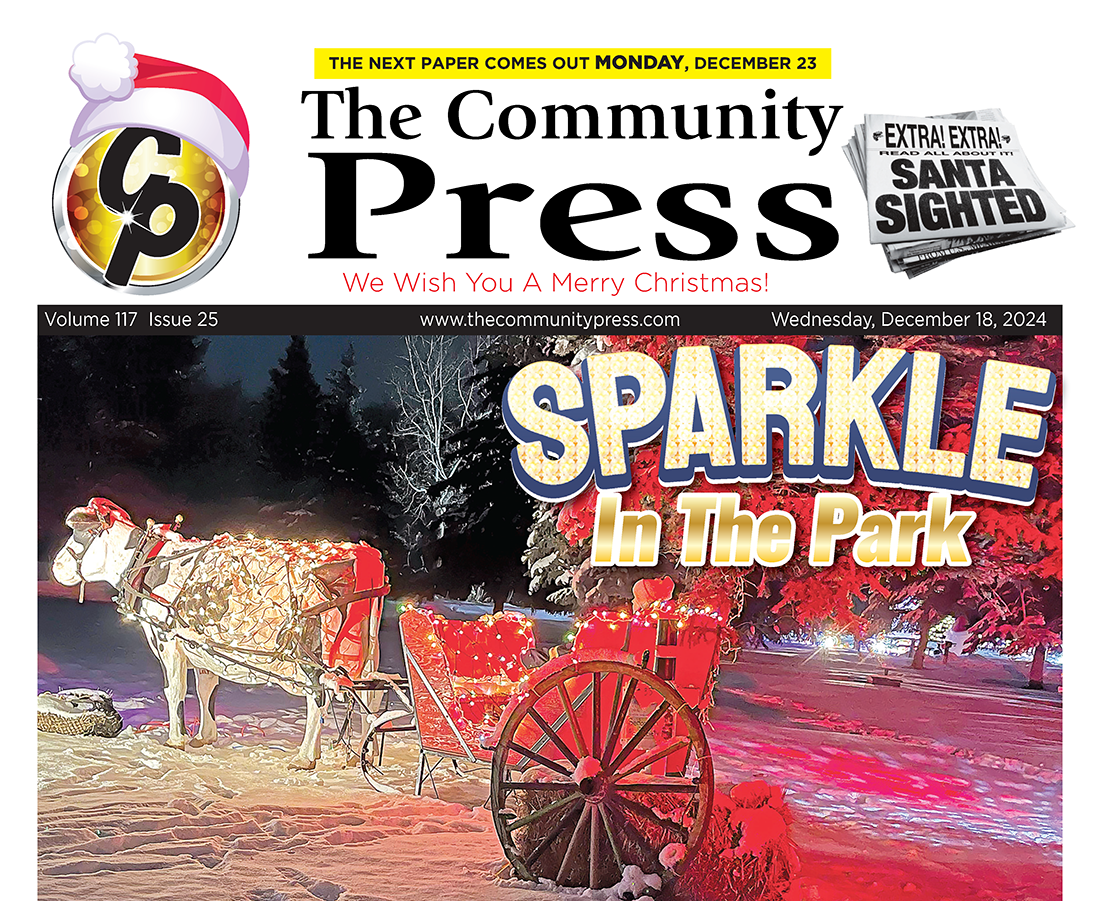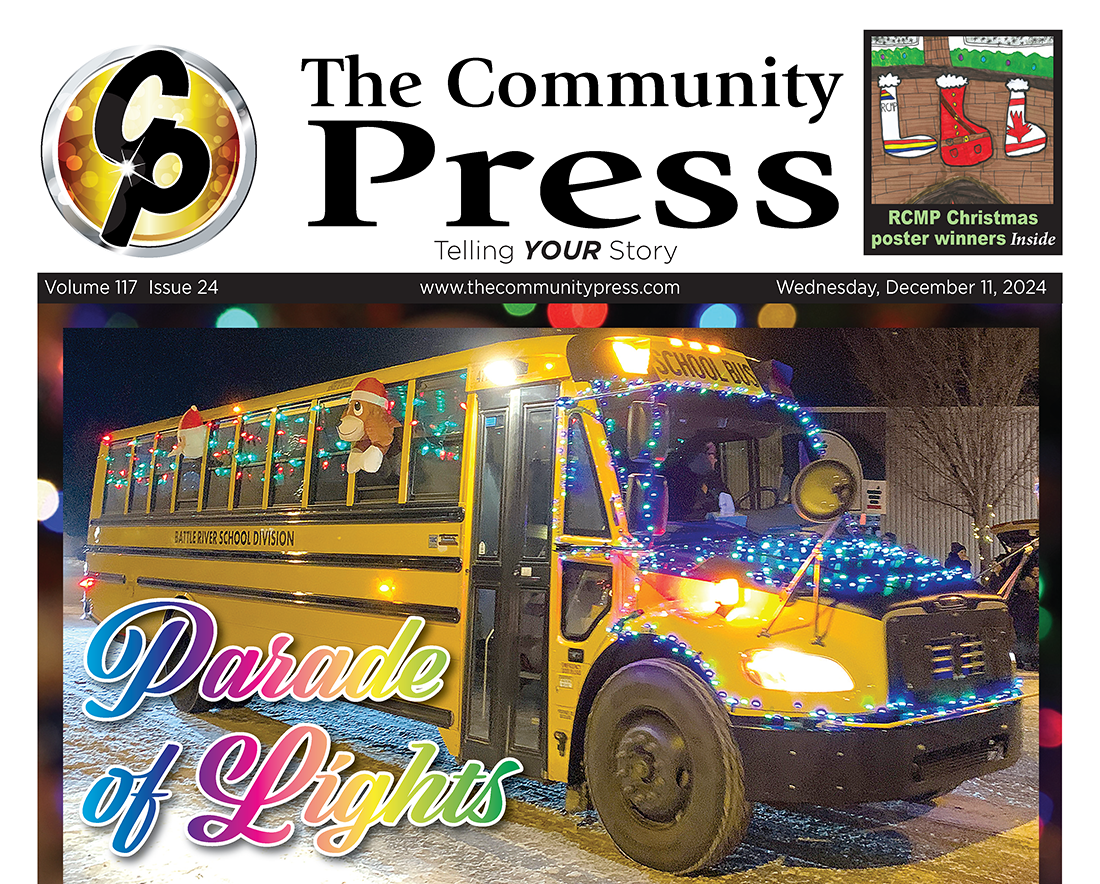Author researches lives of early Prairie homesteaders
Alexandra Noad,
Local Journalism Initiative Reporter
An author from MacEwan University will be publishing her fifth book about homesteaders of Canada in early September.
Saundra Rollings-Magnusson is a Sociology professor at MacEwan University, but in her free time during the spring and summer she spends her time in archives around Canada researching and writing her findings on the homesteaders of Canada. She has spent the last 30 years spending hundreds of hours in archives researching the lives of homesteaders.
Given she only writes about four months out of the year, it takes her about four years to complete each book.
Rollings-Magnusson says she has looked at labour of children and women on farms, as well as pictorial histories, but this book is different as it has firsthand accounts of homesteaders.
“It’s a compilation of hundreds of different stories, firsthand accounts of stories about people who homesteaded in the prairie provinces,” said Rollings-Magnusson.
Rollngs-Magnusson was inspired by the thought of how community spirit developed from these settlers who came from various parts of the world such as Poland, Ukraine, Russia. She was curious how they formed relations with each other given many didn’t speak the same language.
“1.7 million people descended on western Prairies to settle all different ethnicities, all different backgrounds. I was wondering, was there something that brought them all together to have shared experiences,” said Rollings-Magnusson.
Throughout the book’s chapters, Rollings-Magnusson explains what they did have in common, such as starting out in Winnipeg, the central hub at the time, to gather the supplies they would need. The settlers would then follow the rail lines, buffalo trails, the Northwest Mounted Police trails and blazing their own trails in the western provinces.
Through these experiences the homesteaders helped each other by helping them build homes out of sod or logs as they had also been through similar challenges through their trek in the prairie province.
It was through these settlers that grew Lethbridge to what it is today.
Rollings-Magnusson says towns and villages started popping up on the Prairies and would start up as just a post office with different amenities would open soon after.
“There’s one chapter I have in the book about how there was the rise of villages and towns across the Prairies and basically began with a post office as which Lethbridge would have begun and then built-up different amenities from that point,” said Rollings-Magnusson.
While homesteaders often spoke different languages, they still played sports and held dances and did their best to create a community with what they had.
“In other words, even though they came from different backgrounds, they all strove to create a new community where they could all take part, or they’re all very sociable, but they all could laugh at the same jokes and, you know, just enjoy each other’s company,” said Rollings-Magnusson.
One of Rollings-Magnusson’s favourite stories in the book is about a heavyweight boxing champion who would host police officers in his homestead with one stipulation: they must have a boxing max with him. The officers would take him up on it, as they often didn’t have any other choice being in the wilderness and would leave the boxer’s home quite bruised and battered.
“But the thing is, of stories like that that come out. But so just, you know, the camaraderie or the good nature of people,” said Rollings-Magnusson about the story of the boxer.
Rollings-Magnusson’s book “Folklife and superstition: The luck, lore and world views of prairie homesteaders” will be available for purchase at Indigo bookstores as well as Amazon on Sept. 5.
Rollings-Magnusson says she’s not done writing about homesteaders just yet and has started on her next book.
“I’m on my next book about homesteaders. I have two more I think I’d like to write about them.”
Alexandra Noad,
Local Journalism Initiative Reporter
Lethbridge Herald








